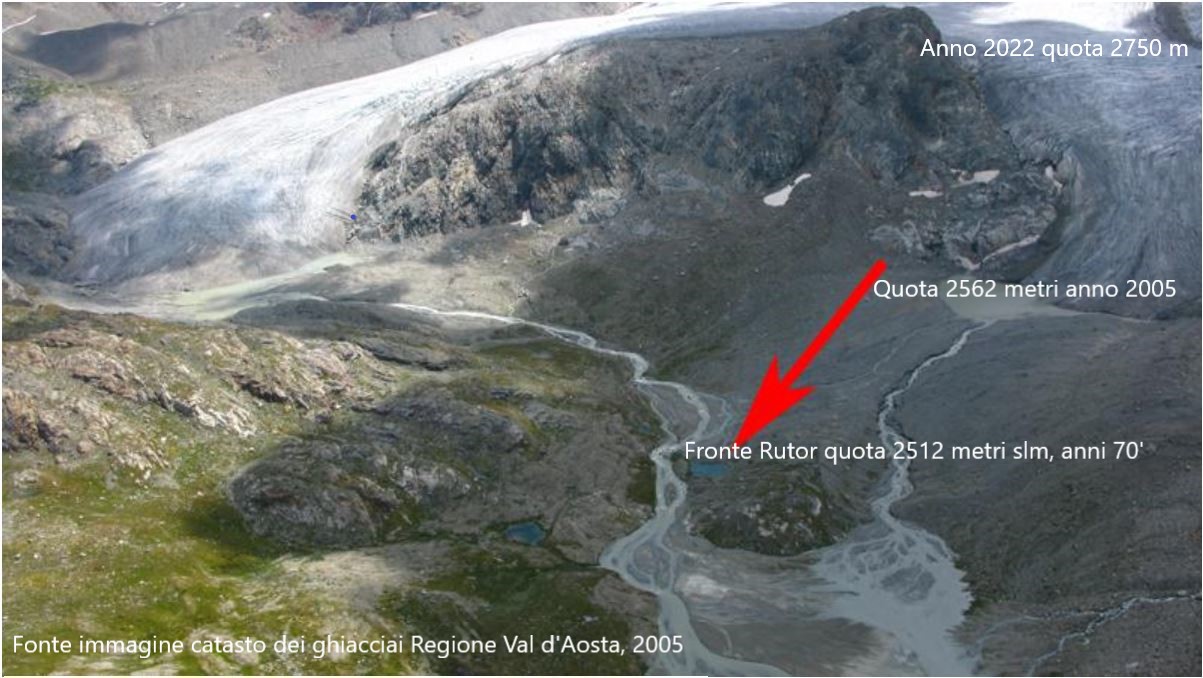The disappearance of glaciers at high altitudes in the mountains and polar regions is causing great concern globally. For example, glaciers in Europe are one of the most characteristic elements of the Alpine landscape, as well as being precious reserves of fresh water which for centuries have mitigated the lack of water in the plains during the summer and drought seasons.
The ongoing climate crisis is manifesting in various ways, such as extreme heatwaves that disrupt activities and daily life in our cities during certain months of the year.
Precisely for this reason, a growing number of companies have started their path of sustainable development by harmonizing the fundamental dimensions: economic, social and environmental. This path became essential to stop, for example, the rise in average global temperatures, which, as is well known, has increased by more than one degree Celsius in less than 100 years. The burning of coal, oil, and methane gas causes pollution that traps heat, endangering not only biodiversity but life itself on the planet. Over the past four decades, the rise in average temperatures has accelerated, driven by continuous dynamics.
This fact has endangered not only biodiversity but life itself on the planet. Over the last forty years the increase in average temperatures has accelerated with continuous dynamics.
In the summer of 2023, a Bilma team conducted a series of surveys on the Rutor glacier, one of the most significant glaciers in the Val d’Aosta, located on the border with Savoy. The glacier faces north and stretches between altitudes of 3,400 meters, where the terminal crevasse is visible, and the front, located at approximately 2,700 meters. Its maximum length is around four kilometers, with a width that exceeds two kilometers, varying with altitude. The field surveys were complemented with georeferenced satellite images, available since the 1970s and freely accessible.





